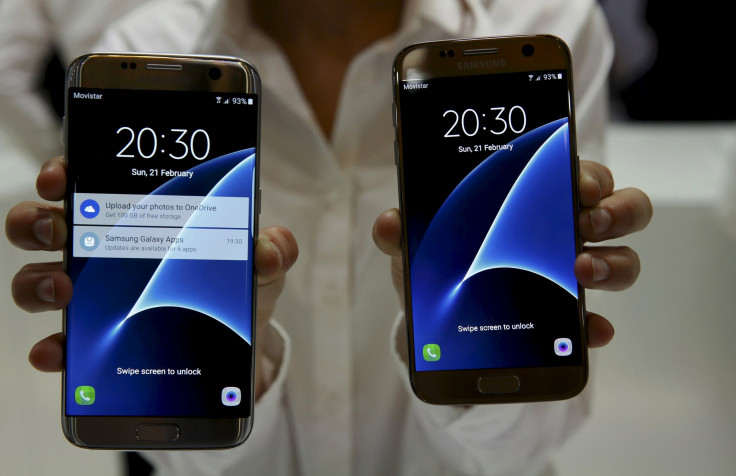India Orders Panic Button On Mobile Phones Amid Women’s Safety Fears

MUMBAI (Thomson Reuters Foundation) — All mobile phones sold in India from January 2017 must have a panic button enabling the user to call for help, the government has said amid concern for women’s safety after a series of violent crimes in recent years.
From January 2018, mobile phones must also have a built-in global positioning system (GPS), the ministry of communications and technology said in a statement.
“Technology is solely meant to make human life better and what better [use] than ... for the security of women,” said the statement, released late on Monday.
Keeping a finger pressed on number 5 or 9 on the new mobile phones should trigger an emergency call, the ministry said. With smartphones, an emergency call must be triggered when the power button is pressed three times in quick succession, it said. It did not give further details.
Concern about women’s safety has risen since the fatal gang rape of a 23-year-old student on a bus in Delhi in 2012. In another high-profile case, an Uber taxi driver was found guilty of raping a female passenger in Delhi.
The 2012 incident sparked nationwide protests and stricter rape legislation. Still, India reported 337,922 crimes against women in 2014, including more than 36,000 rapes, a 9 percent increase from the previous year.
Some politicians and police officials have called for women to take self-defense training, to “dress decently” and not to loiter after dark, provoking protests from women’s rights activists.
Online retailers including Flipkart, Amazon India and Snapdeal are selling products they say are aimed at women’s safety. These include pepper spray, batons, brass knuckles and lipstick stun guns ranging in price from about 200 rupees ($3) to almost 7,000 rupees.
India is the world’s second-biggest market for mobile phones, with more than 1 billion users.
But it is men who control their use in rural areas, and in the western state of Gujarat several villages recently banned girls and single women from owning mobile phones, saying the devices distracted them from their studies.
© Copyright Thomson Reuters 2024. All rights reserved.





















